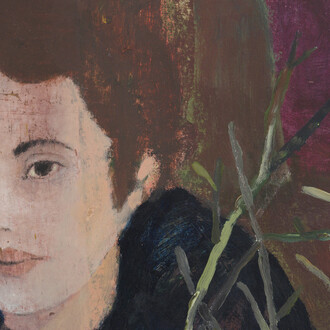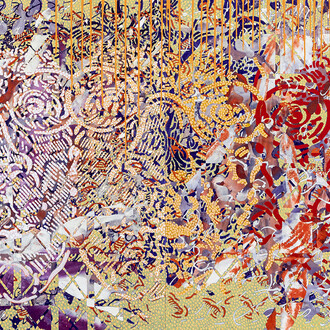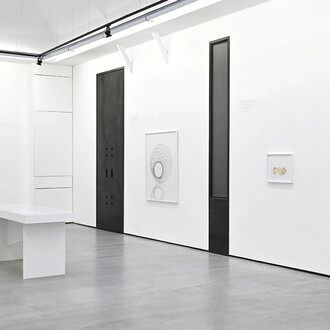The Centre Pompidou is presenting André Derain 1904 - 1914. La décennie radicale (The Radical Decade), which takes a fresh look at the work of this major 20th century artist, tracing the various stages of his career before the First World War, when he was involved in the most radical avant-garde movements. Some remarkable groups of work have been brought together for the exhibition: his 1905 summer pieces painted in Collioure; a series of London scenes, and his very large dance and bather compositions.
The art of André Derain has not been the focus of any major monographic exhibitions since the 1994 retrospective at the Musée d’Art Moderne de la Ville de Paris – in other words, for over twenty years. This French painter played a crucial intellectual role in the emergence of two major avant-garde movements in the early 20th century: Fauvism and Cubism. Early on, he made a solitary return to realism, foreshadowing all the figurative movements of magic realism from the Ingrism of Picasso to the metaphysical painting of De Chirico and the New Objectivity of Germany. Derain’s daring, highly inventive pre-war work is fascinating. Derain, who was close to Maurice de Vlaminck and Henri Matisse, and then Georges Braque and Pablo Picasso, engaged forcefully with Fauvism and Cubism, developing a powerful body of work up to the First World War. He experimented visually in many ways, tackling painting, drawing, xylography, sculpture, ceramics and film, and practised photography throughout his life, along side his painting.
The exhibition focuses on an exploration of Derain’s hitherto unexhibited archives – his photographs, collections of prints and artwork reproductions, writings and correspondence – and for the first time sheds considerable light on some of his most iconic works through strong visual counterpoints: the photographs he took and his atypical artistic references, including Epinal’s engravings, the Maori objects he copied at the British Museum in 1906, and the African sculptures in his collection. The exhibition presents around seventy paintings, a large number of works on paper (watercolours, drawings, sketchbooks and engravings), sculptures and some fifty photographs, as well as Maori and African sculptures and ceramics.
















